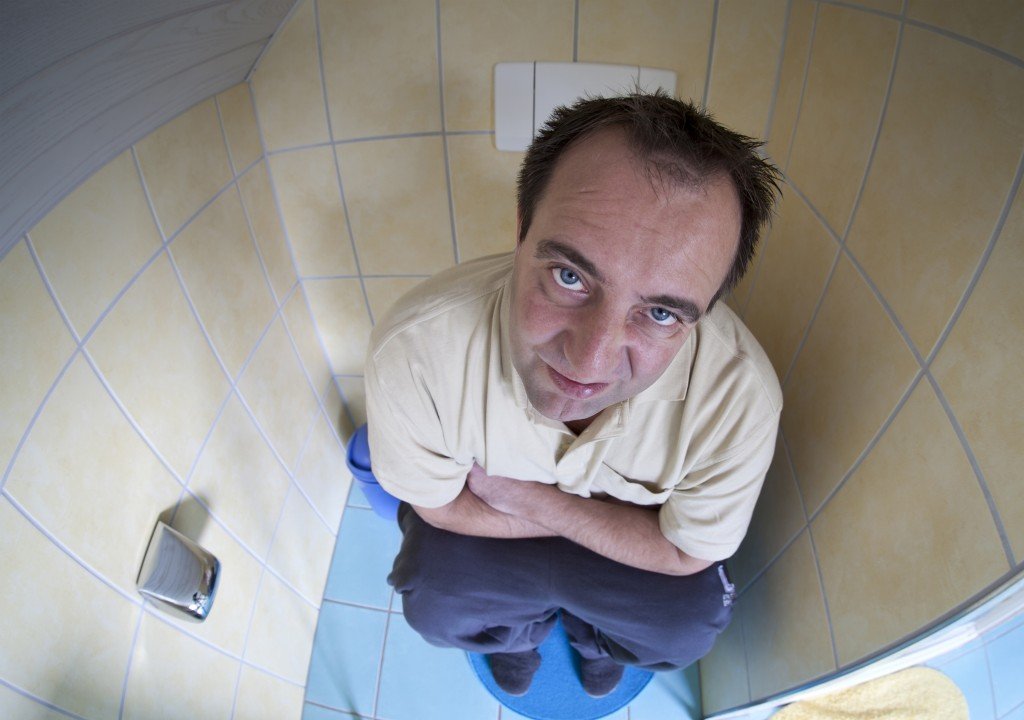In 2008, in one of my columns, I wrote about the importance of vaccination against human papillomavirus (HPV) infection. It is beneficial to young teens before they have had sexual contact. The vaccine has demonstrated high level of antibody response amongst teens who have not been exposed to the virus. Initially the target group was young girls. By preventing HPV infection, we can prevent deaths from cervical cancer.
The vaccine is almost 100 per cent effective against four types of HPV, two of which are responsible for 70 per cent of all cervical cancers. The vaccine may have cross-protection against some other HPV viruses. Unfortunately, HPV infection can occur with the first sexual intercourse, and half of Canada’s young women become sexually active by age 16.
In 2007, Australia became one of the first countries to implement a nationally funded HPV vaccination programme for girls and young women. An editorial in the British Medical Journal published on April 18, 2013 titled, “HPV vaccination – reaping the rewards of the appliance of science,” lauds the Australian effort and its success. The analysis of data on 85,770 new patients from six Australian sexual health clinics showed a remarkable reduction in the proportion of women under 21 years of age presenting with genital warts – from 11.5 per cent in 2007 to 0.85 per cent in 2011.
The near eradication of genital warts in young Australian women will probably have a major impact on the costs of sexual healthcare. Now it is time for the boys to do something about sexually transmitted infection. Many young boys are sexually active. They show up with venereal warts from HPV infection. Kudos to Prince Edward Island (PEI). It has become the first Canadian province to extend publicly funded school-based HPV vaccination to boys, as reported by the Canadian Press on April 19, 2013.
In 2007, the National Advisory Committee on Immunization (NACI) recommended that girls and women aged nine to 26 be vaccinated for HPV. In 2012, NACI included males of the same age in that recommendation to prevent genital warts and anal-genital cancers.
On April 25, 2013 the Canadian Press (CP) reported a policy statement released by the Society of Obstetricians and Gynecologists of Canada asking provincial and territorial governments to extend HPV vaccination programs to cover boys as done by PEI. Common sense would say that it is difficult to justify not offering boys the same protection as girls get.
CP report says provinces and territories have been slow to follow the advice, given the high cost of the vaccines, which are administered in three doses. A full course of HPV vaccine costs between $400 and $500 if purchased outside the provincial programs, where the shots are provided for free. But the experts say health care cost savings from reduction of genital warts and its consequence over months and years should take care of the cost of the vaccine.
It is time boys get the same protection as girls.
Start reading the preview of my book A Doctor's Journey for free on Amazon. Available on Kindle for $2.99!



